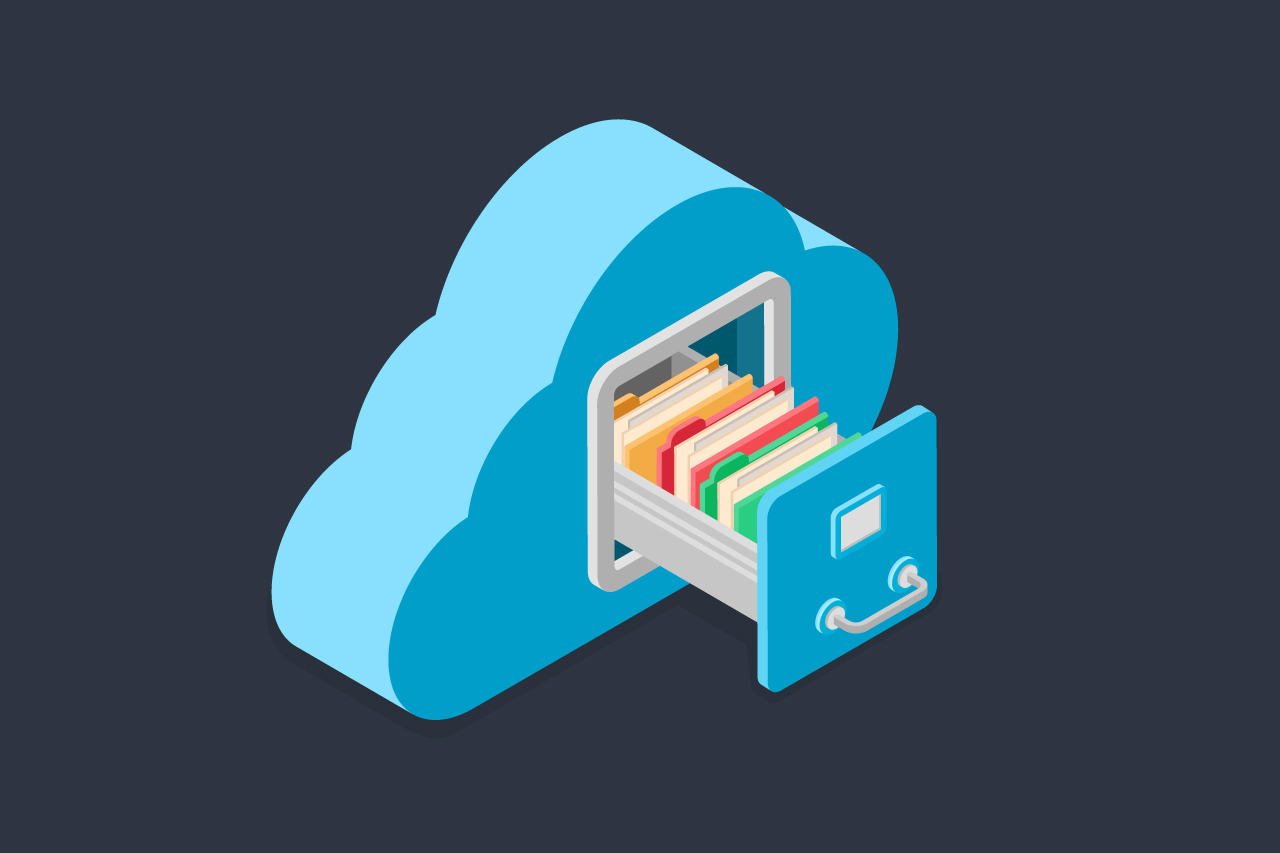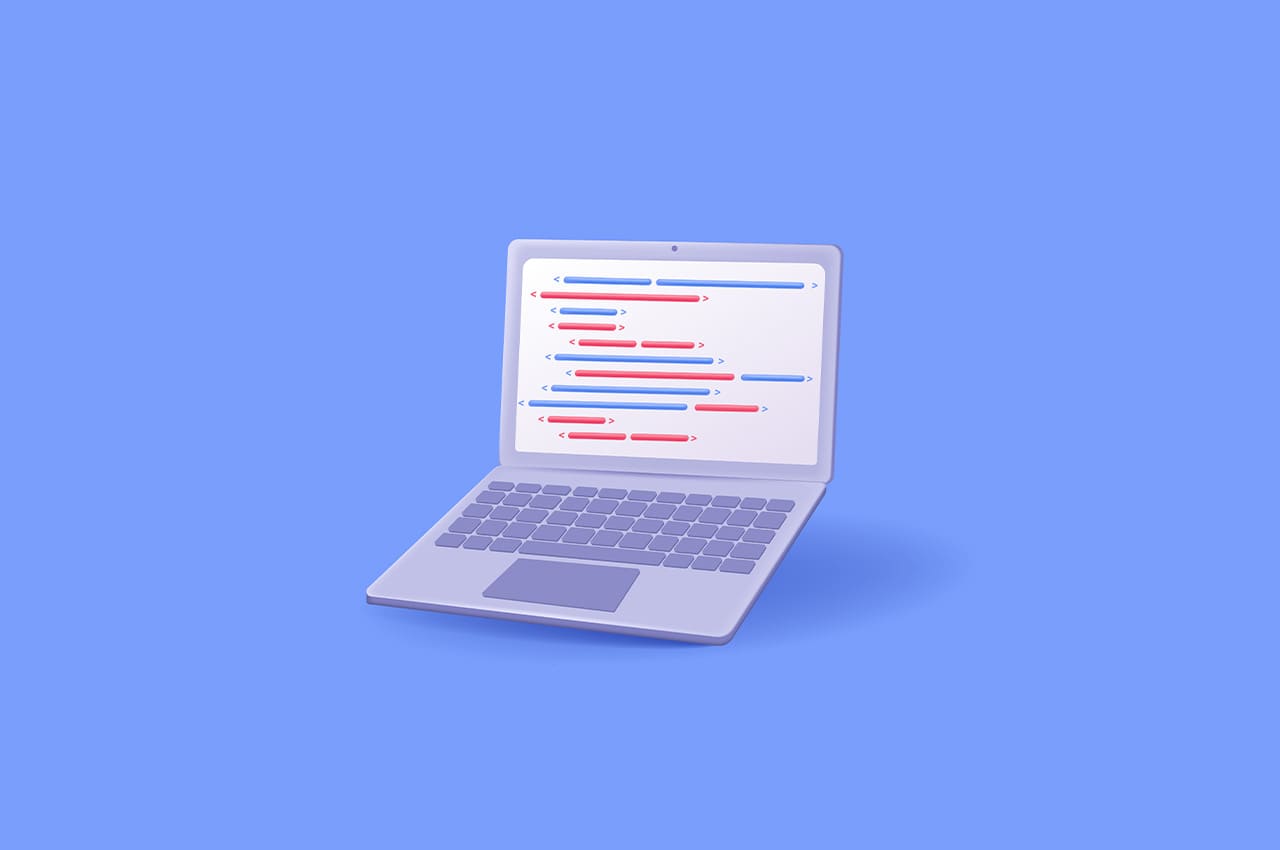How to Connect Amazon S3 Bucket with Django [2024]

Amazon S3 (Simple Storage Service) is a widely used cloud storage service that allows you to store and retrieve data from anywhere on the web. Integrating Amazon S3 bucket with Django enables you to store media files, such as images, videos, and documents, in the cloud rather than on your server. This not only helps in reducing server load but also ensures the scalability and reliability of your Django application.
In this tutorial, we will walk through the process of connecting an Amazon S3 bucket with a Django application.
We will cover the necessary steps to set up an S3 bucket, configure Django settings, and use the boto3 library to interact with S3.
Prerequisites
Before proceeding, make sure you have the following:
- Django is installed on your local machine.
- An AWS account with access to Amazon S3.
- boto3 and Django-storages installed in your Django project.
Step 1: Create an Amazon S3 Bucket
First, log in to your AWS Management Console and navigate to the S3 service. Create a new S3 bucket by clicking on the “Create bucket” button. Follow the prompts to configure your bucket, including its name, region, and any additional settings you may require.
Step 2: Install Required Packages
Install the boto3 and django-storages packages using pip:
pip install boto3 Pip install django-storages
Step 3: Configure Django Settings
In your Django project’s settings file (settings.py), add the following configurations to enable Amazon S3 storage:
INSTALLED_APPS = [
"django.contrib.admin",
"django.contrib.auth",
"django.contrib.contenttypes",
"django.contrib.sessions",
"django.contrib.messages",
"django.contrib.staticfiles",
'storages',
]
STATIC_URL = 'static/'
MEDIA_URL = 'media/'
AWS_ACCESS_KEY_ID = 'your_access_key_id'
AWS_SECRET_ACCESS_KEY = 'your_secret_access_key'/v'
AWS_STORAGE_BUCKET_NAME = 'your_bucket_name'
AWS_S3_REGION_NAME = 'your_bucket_region'
AWS_S3_CUSTOM_DOMAIN = '%s.s3.amazonaws.com' % AWS_STORAGE_BUCKET_NAME
AWS_S3_FILE_OVERWRITE = False
STORAGES = {
# Media file (image) management
"default": {
"BACKEND": "storages.backends.s3boto3.S3StaticStorage",
},
# CSS and JS file management
"staticfiles": {
"BACKEND": "storages.backends.s3boto3.S3StaticStorage",
},
}
Add ‘storages’ in django INSTALLED_APPS replace ‘your_access_key_id’, ‘your_secret_access_key’, ‘your_bucket_name’, and ‘your_bucket_region’ with your actual AWS credentials and S3 bucket details and also add media and storages of both media and static files as specified in the code.
Step 4: Use S3 Storage in Django Models
Now that Django is configured to use Amazon S3 for file storage, you can use it in your models to store media files. For example, if you have a model named Document with a FileField for storing documents, you can define it like this:
# models.py
from django.db import models
class Document(models.Model):
title = models.CharField(max_length=100)
file = models.FileField(upload_to='documents/')
With the above setup, when you upload a document through a Django form, it will automatically be stored in your Amazon S3 bucket.
To read more about how to Implement Context Processors in Django, refer to our blog How to Implement Context Processors in Django
Conclusion
In this tutorial, we have covered the process of connecting an Amazon S3 bucket with a Django application. By following these steps, you can store media files securely in the cloud and ensure scalability and reliability for your Django projects. Make sure to keep your AWS credentials secure and never expose them publicly.
Integrating Amazon S3 with Django is a powerful way to manage your application’s media files and static assets, and it’s a recommended approach for production deployments. Experiment with different configurations and explore additional features provided by Amazon S3 to optimize your Django application’s performance and reliability.




